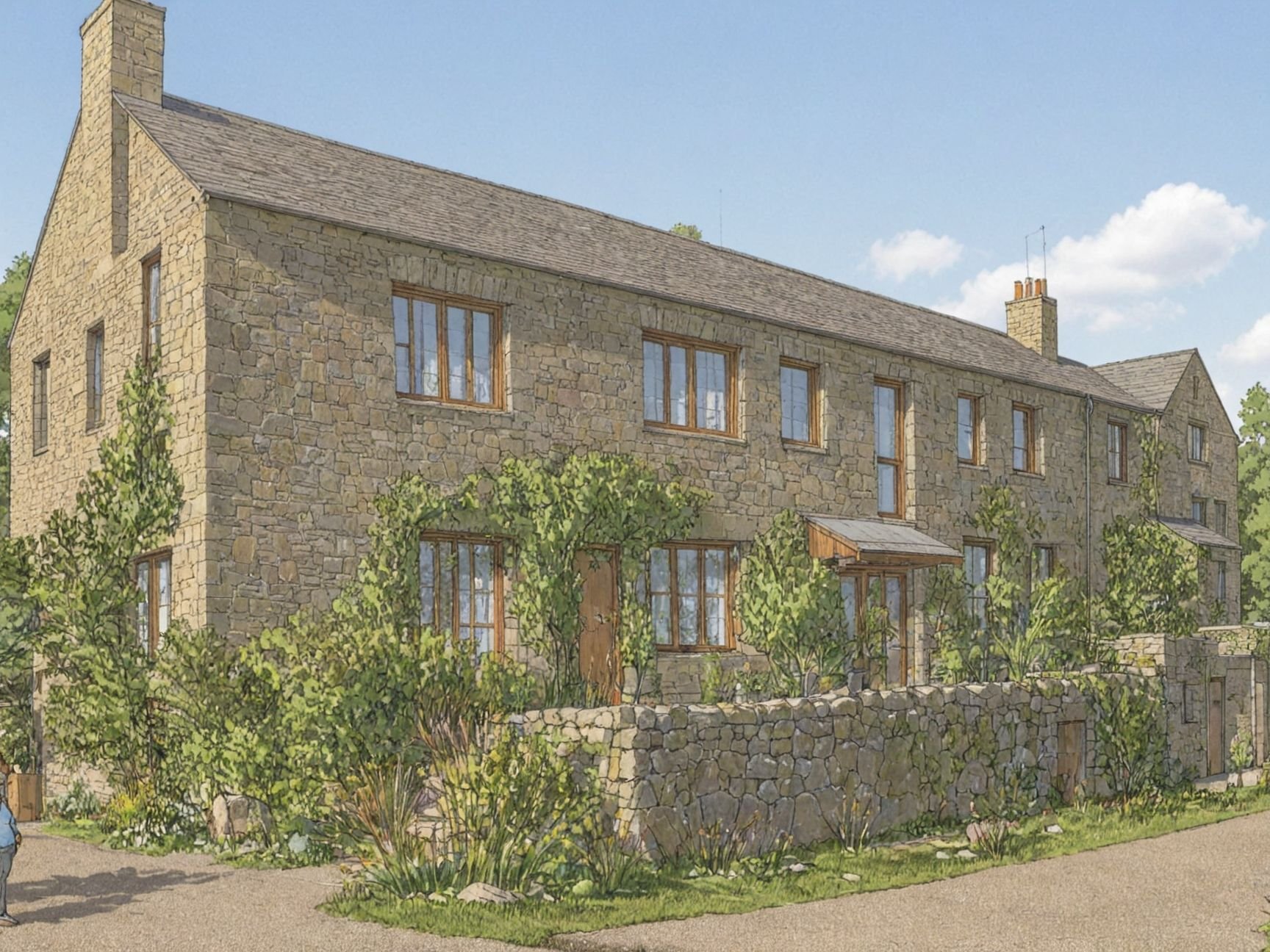The latest edition of “Is AI going to replace me?”
Yes — but it’ll replace you first.
We’ve recently been working with a client in Devon who owns a Grade II listed home in a Conservation Area and Area of Outstanding Natural Beauty. It’s a place of charm and character, but it’s outdated: single glazing, oil heating, moisture-laden walls, and layers of historic plaster. The client’s noble ambition is to make the building more sustainable without erasing its history. In short, it’s the perfect storm of good intentions meeting a million planning hurdles.
But what’s been remarkable about this project isn’t just the setting- it’s the client. They’ve used artificial intelligence not as a novelty, but as a genuine tool for progress. AI has drafted their meeting summaries and consultant emails, written mini-schedules of work to gather quotes from builders, generated images showing what solar panels might look like on the roof, and even helped uncover old maps and photos of the site’s history.
In doing so, they’ve blurred the traditional boundaries of the client–architect–consultant relationship. Tasks once split across specialists have been accelerated through AI, giving the client a new sense of control and ownership over their project. For us, that’s been liberating too; freeing up time to focus on what architects do best: synthesising, problem-solving, and designing.
Before, people used to say “AI can paint a new Mona Lisa, but it can’t do my taxes.” Now, it can research heritage policy, scan through planning conditions, and draft an email to the conservation officer, all before your morning coffee. It’s an extraordinarily powerful planning tool.
But with great speed comes subtle risk. The danger isn’t that AI replaces humans; it’s that it represents them without understanding. A beautifully phrased AI-generated letter may sound convincing, but if the nuances of policy or the specifics of the building’s history are misunderstood, small errors can grow costly. Like any tool, its value depends on how thoughtfully it’s used and how well the user understands the bigger picture.
For architects, planners, and clients alike, AI is a new kind of assistant; one that can analyse, draft, visualise, and summarise at astonishing speed. Yet, it still can’t design with empathy, mediate between ambition and regulation, or sense the delicate balance between heritage and innovation. These are human skills, grounded in conversation and judgement.
The invention of the internet brought unlimited information but diminished critical thinking. AI gives us knowledge at the tips of our fingers but it mustn’t take away our capacity to think for ourselves. Used wisely, it’s a tool that can strengthen collaboration and clarity between clients and professionals. Used blindly, it risks replacing understanding with automation.
At its best, AI can help clients articulate their vision more clearly and help architects respond more intelligently.
If you work with us, you won’t be forced to listen to automated phone messages or get email spam written by computers. We’re real people, working on real projects that really matter. We’re collaborative but forward-thinking, and if a tool helps us work better together, we’re more than happy to explore it. Likewise, if you have an innovative way of working, like our client in Devon, we’ll meet you there.
Get in touch! We’d love to hear how you’re shaping the future of design.
P.S. All the sketches in this blog are AI generated images of some of our Devon-based projects…



